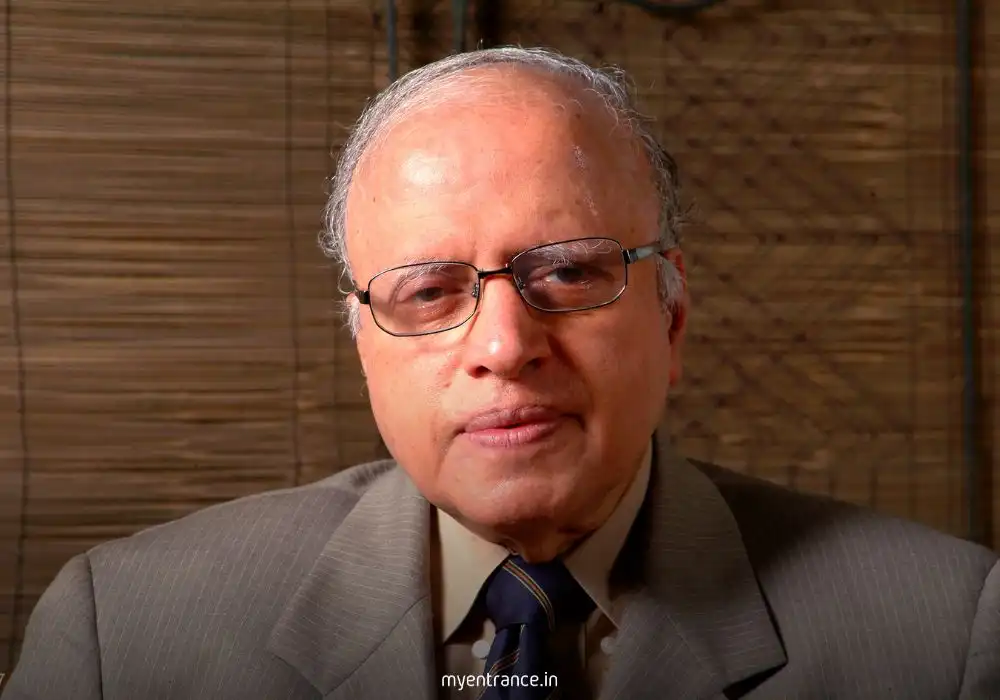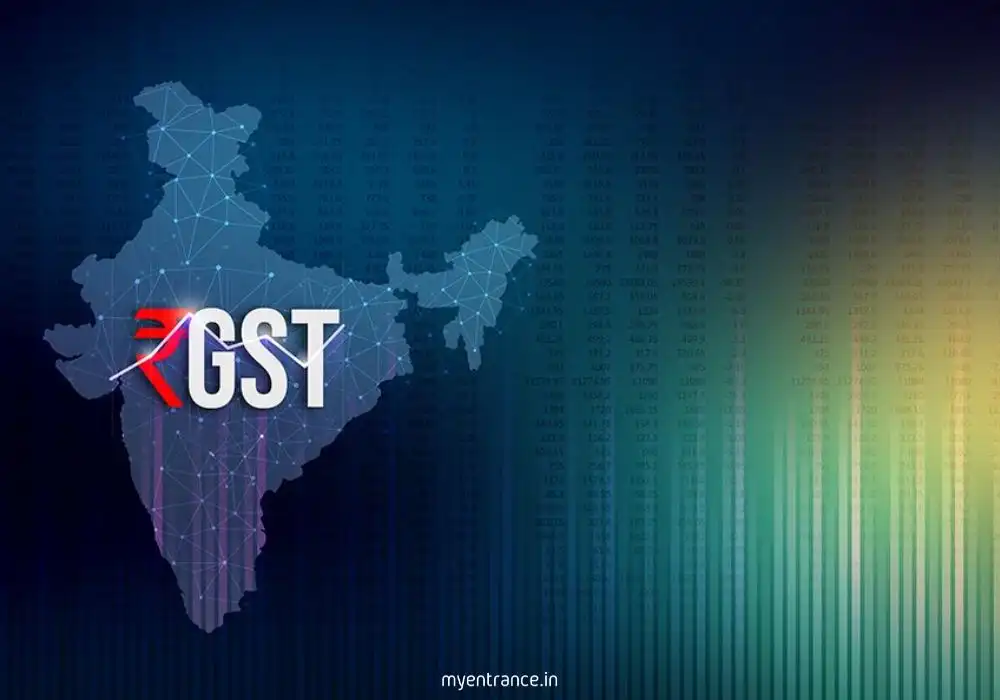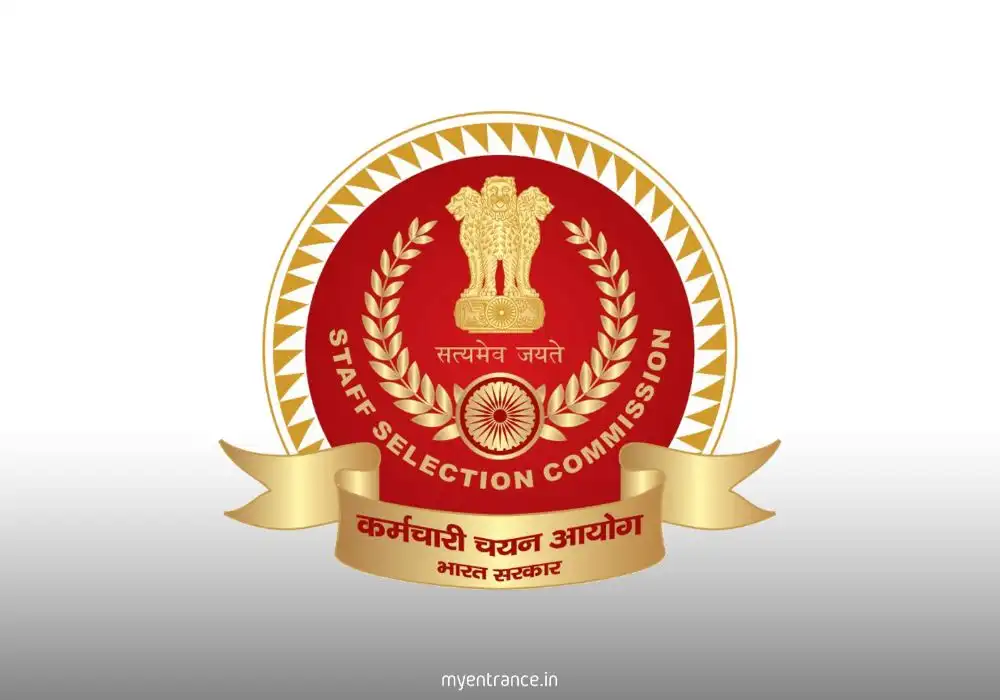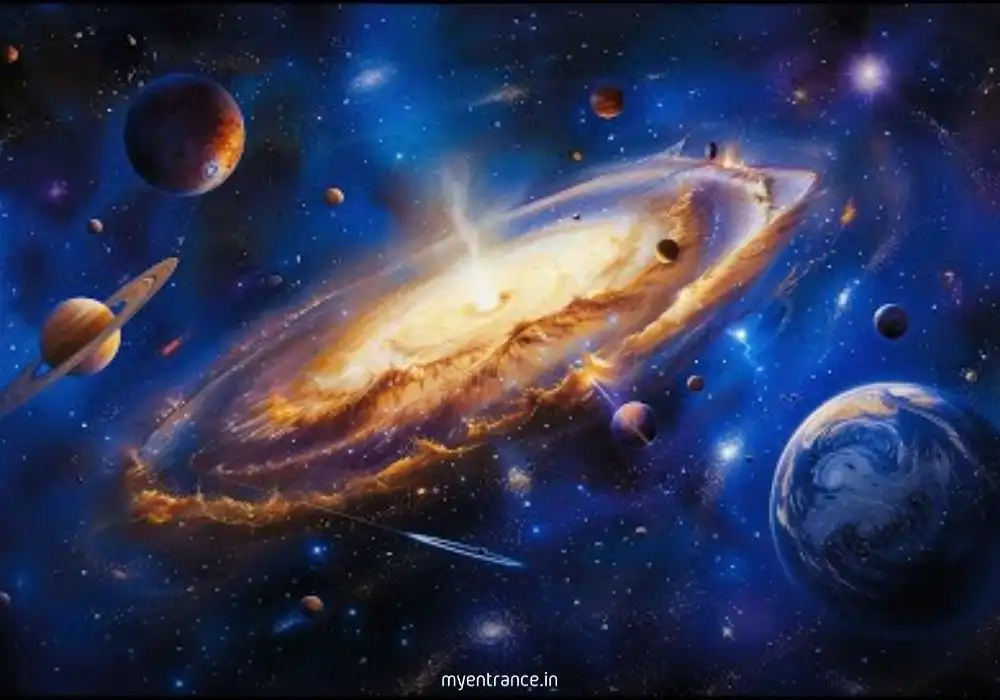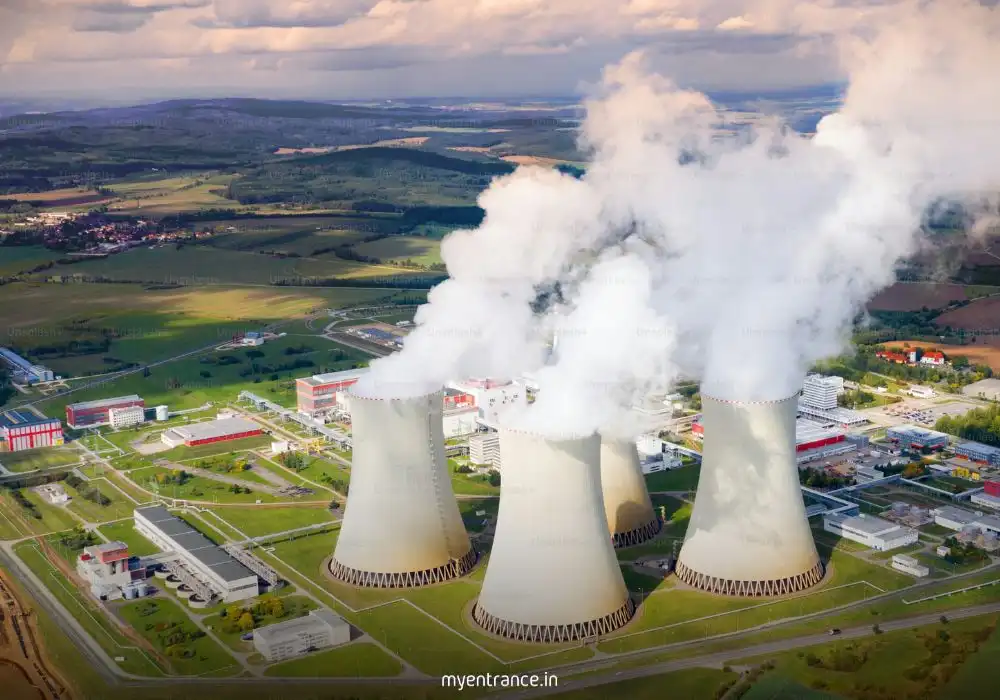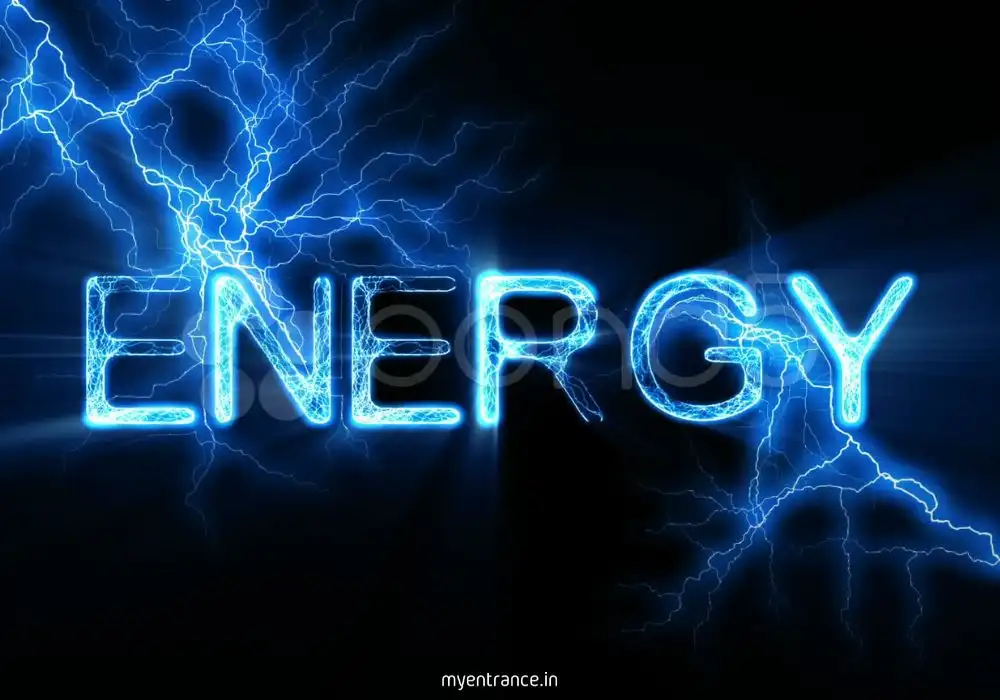Translate Language
About Hubble Space Telescope: Discoveries, Features & Importance for Competitive Exams
The Hubble Space Telescope (HST) is one of the most groundbreaking instruments in astronomy, transforming our understanding of the universe since its launch in 1990. A joint project by NASA and the European Space Agency (ESA), it is named after Edwin Hubble, the astronomer who proved the universe is expanding.
Positioned about 547 km above Earth, Hubble avoids atmospheric distortion, delivering crystal-clear images of stars, galaxies, and nebulae. It operates across ultraviolet, visible, and near-infrared spectrums, making it indispensable for astronomers.
For students preparing for competitive exams like UPSC, SSC, PSC, NID, NIFT, and KAS, understanding Hubble’s contributions is crucial, as questions on space technology and discoveries frequently appear in general knowledge and science sections.
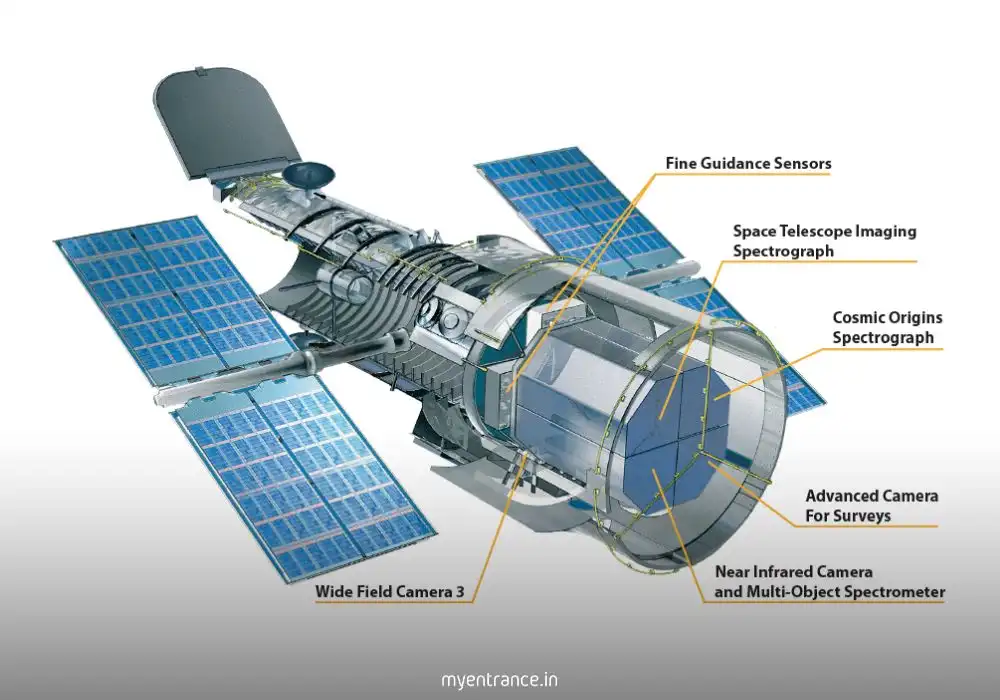
About the Hubble Space Telescope
Key Features & Instruments
Primary Mirror: 2.4 meters (7.9 feet) in diameter, allowing high-resolution imaging.
Major Instruments:
Wide Field Camera 3 (WFC3): Captures sharp images in ultraviolet, visible, and infrared light.
Advanced Camera for Surveys (ACS): Specializes in wide-field imaging for deep space observations.
Cosmic Origins Spectrograph (COS): Studies the structure of the universe by analyzing light from distant objects.
Space Telescope Imaging Spectrograph (STIS): Helps in studying black holes and galaxy formations.
Servicing Missions & Upgrades
Hubble initially had a flawed mirror, but NASA’s five servicing missions (1993–2009) fixed its optics and upgraded its instruments, significantly enhancing its capabilities.
Major Discoveries
Hubble Deep Field & Ultra Deep Field: Revealed thousands of galaxies in seemingly empty space, proving the vastness of the universe.
Hubble Constant: Helped refine the rate of the universe’s expansion.
Dark Energy: Provided evidence for this mysterious force accelerating cosmic expansion.
Exoplanet Studies: Analyzed atmospheres of planets beyond our solar system.
Solar System Observations: Tracked storms on Jupiter, Saturn’s rings, and comet collisions.
Legacy & Future
Even after 30+ years, Hubble remains operational, working alongside newer telescopes like the James Webb Space Telescope (JWST). While JWST focuses on infrared, Hubble’s strength in ultraviolet and visible light keeps it relevant.
Questions & Answers for Competitive Exams
Q1: Who was the Hubble Space Telescope named after?
A: American astronomer Edwin Hubble, who proved the universe is expanding.
Q2: What was the primary issue with Hubble after its launch?
A: A flawed mirror that blurred images, later corrected by NASA servicing missions.
Q3: Which two space agencies collaborated on the Hubble project?
A: NASA (USA) and ESA (European Space Agency).
Q4: What major discovery did the Hubble Deep Field reveal?
A: Thousands of galaxies in a tiny, seemingly empty patch of space, proving the universe’s vastness.
Q5: How does Hubble’s positioning in space benefit its observations?
A: Orbiting 547 km above Earth, it avoids atmospheric distortion, capturing clearer images.
Why is Hubble Important for Exams?
Competitive exams often include questions on:
Space technology and telescopes
NASA/ESA missions
Key astronomical discoveries
Scientific instruments and their uses
Understanding Hubble’s role helps in GK, science, and current affairs sections.
The Hubble Space Telescope remains a cornerstone of modern astronomy, providing invaluable data and stunning cosmic images. Its discoveries have shaped our understanding of the universe, making it a vital topic for UPSC, SSC, PSC, and other entrance exams.
For more daily quizzes, mock tests, and current affairs updates, visit MyEntrance.in – your ultimate exam preparation guide!
Get 3 Months Free Access for SSC, PSC, NIFT & NID
Boost your exam prep!
Use offer code WELCOME28 to get 3 months free subscription. Start preparing today!
